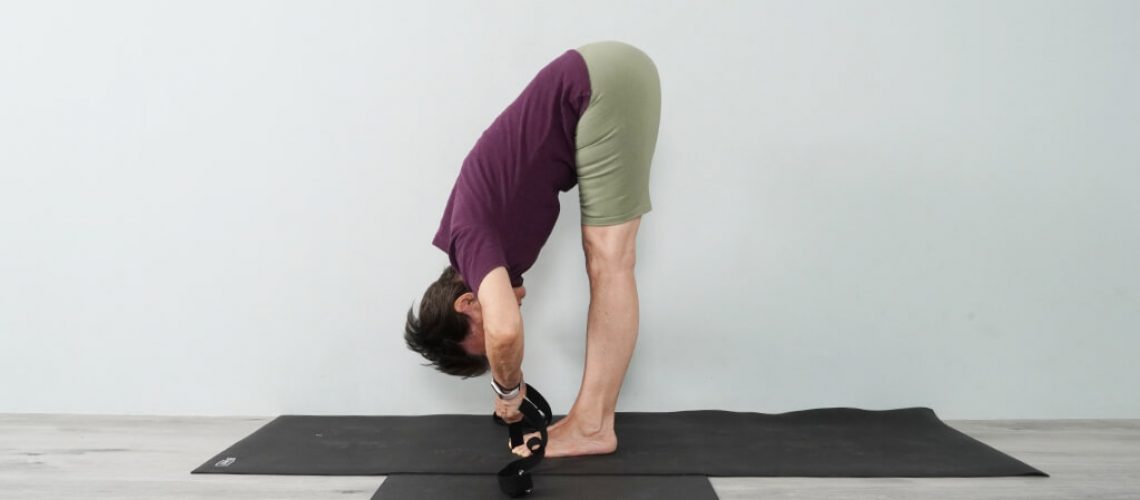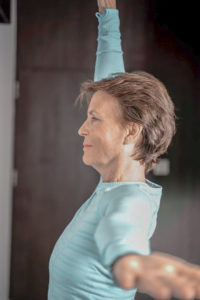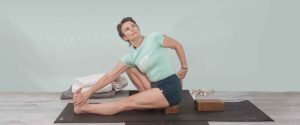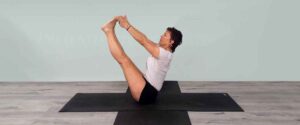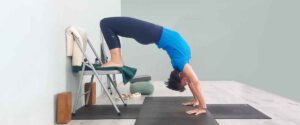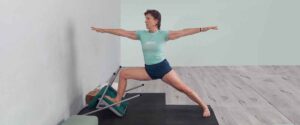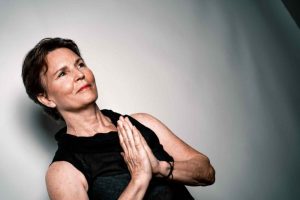Standing forward bends to help keep you safe, while understanding the actions necessary.
Due to tight hamstrings, hips, or lower back, forward bending can be really challenging! I struggled with this a lot in the early period of my yoga journey.
Standing forward bends are a bit more accessible than seated and supine, as the legs are not fixed so the body will make adjustments by compensating in an incorrect direction, usually the path of least resistance which will create lasting imbalances. I. e. (bending the knees or rounding the back)
Forward bending requires surrendering by letting go of what is most comfortable and leaning into the more challenging and uncomfortable sensations. They are the perfect opportunity to observe your mind and your conversation with yourself. Become aware of your thoughts, habits, and tendencies. Once identified, you can address your inner dialog and make changes to go beyond where you usually stop.
Forward bending requires you to just be there, and slow down. Little by little your body and mind will transform if you maintain a regular practice. There is no quick and easy shortcut to forward bending, just keep showing up and celebrate the small consistent wins. They will all add up in the end and you will find comfort where there was once discomfort.
This sequence includes:
Adho Mukha Virasana ( Forward Hero Pose )
Uttanasana ( Forward Bend Pose )
Utkatasana ( Chair Pose )
Padangusthasana ( Hand to Big Toe Pose )
Prasarita Padottanasana ( Wide Angle Forward Bend )
Paschimottanasana ( Seated Forward Bend )
Savasana ( Corpse Pose )

